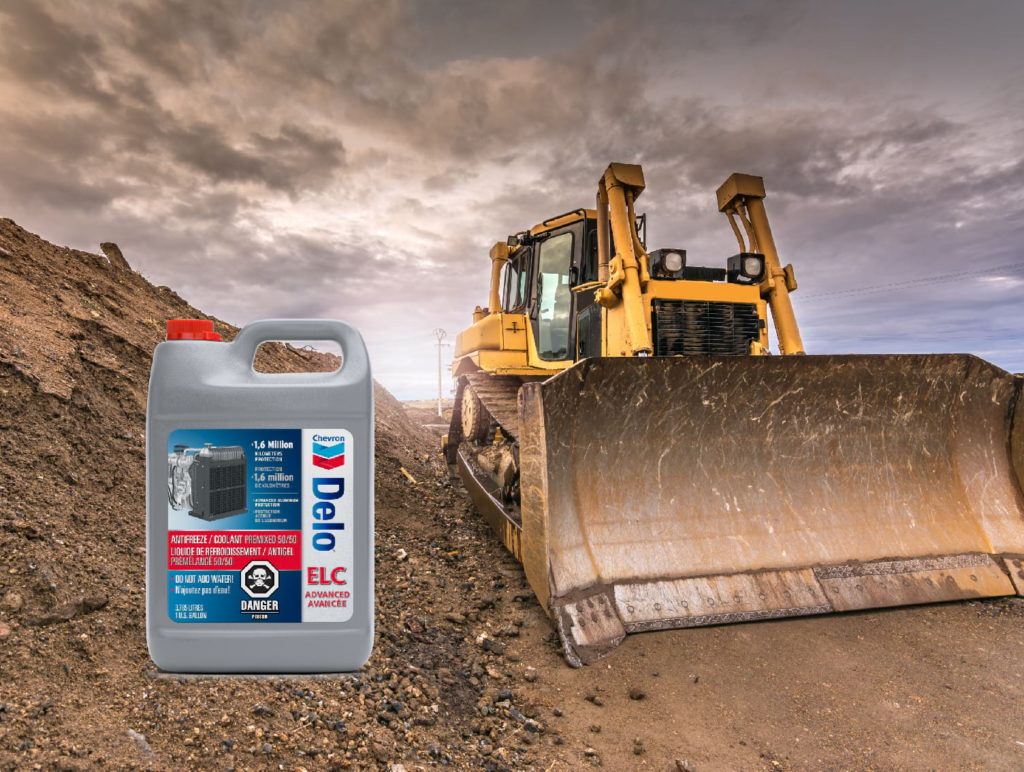An estimated 40 percent of all engine failures are associated with problems in the cooling system.
Construction companies now have fleets with equipment containing more sophisticated coolant systems. But approaching the maintenance of these systems like their older ones—sort of a “fill it and forget it” approach - is exposing them to an increased risk of coolant system failure. This is all the more shocking when we realize that coolant related failures can be responsible for 40% to 50% of engine failures.
By not prioritizing coolant system maintenance, we are increasing our risk of system failure. Simple enough. Two common failure causes are deposit formation and cavitation. On the low end, this could result in a few thousand dollars of cooling system repair costs. Or, on the high end, tens of thousands of dollars in engine repairs—not to mention days of unplanned downtime.
Why is your coolant causing engine failures?
Heavy-duty vehicle OEMs have begun migrating from copper and brass radiators to ones made of brazed aluminum. These newer radiators and engine cooling systems are lighter and less expensive than the old ones, and are reportedly more effective at cooling the engine and dispersing heat. In addition to reducing the total weight of the vehicle, they are also expected to have a longer service life. For all their benefits, however, an issue arises in the way they interact with different types of coolants.
Nitrited or NOAT coolants provide an extra measure of protection against cavitation and corrosion. Loss of nitrites can lead to coolant issues ranging from minor problems to catastrophic failure.
Aluminum radiators are manufactured using a controlled atmospheric brazing or CAB process to join the parts. The outside of the radiator develops a natural protective coating through exposure to the atmosphere – a process known as passivation. Inside the radiator, however, the brazed aluminum remains unpassivated, or lacking in that protective layer. Equipment manufacturers observed that coolants containing nitrites had a negative reaction with the unpassivated aluminum, causing the formation of precipitants that can clog the cooling system. This reaction can also accelerate the degradation of the coolant itself.
Essentially, aluminum radiators are good, nitrited coolants are good, but mixing the two together can lead to thousands of dollars and hundreds of hours of unplanned downtime.
What's the solution?
Preventative maintenance and Delo ELC Advanced Coolant.
The only way to see the rapid depletion of nitrites is through coolant maintenance. Using test strips in the shop or sending your coolant away for testing at the lab to get the nitrite number. Nitrites are used as a corrosion inhibitor and for cavitation protection in those engines.
See how to check a vehicle's coolant.
Chevron's DELO ELC Advanced is a proprietary patented coolant containing a built in aluminum passivator, along with all the benefits from a nitrited extended life coolant. It's basically the best of both worlds. The aluminum passivator in the coolant coats the aluminum so there is no reaction between the radiator and nitrites. This leaves you with the benefits of both an aluminum radiator and nitrited coolants.
Changing your coolant to DELO ELC Advanced can save costs both in equipment, unplanned downtime, and labor.
Call us at 1-800-463-0354 to book a free coolant consultation today.
